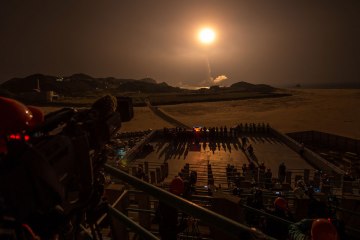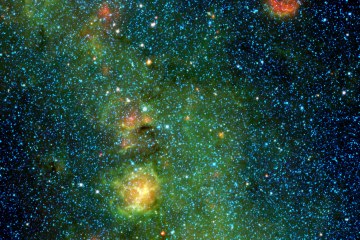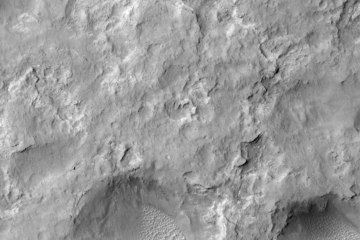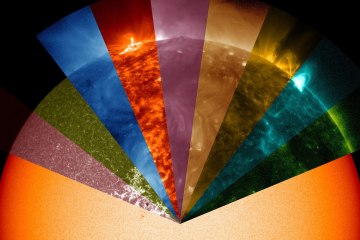In the 117 years since the first solar cell was developed and the 110 years since the first powered flight, you’d have thought we would have combined the two technologies by now. When you’re trying to get from place to place aboard the only practical vehicle we have that can travel above the clouds, the sun would seem like the first place you’d look for power. At the Ames Research Center at Moffett Field in California, the Solar Impulse company is at last taking that step.
Headed by engineer and fighter pilot Andre Borshberg and psychiatrist and balloonist Bertrand Piccard, and backed by Deutsche Bank, the Omega watch company and the Solvay Idustrial group, Solar Impulse has produced a plane that is equal parts elegant and improbable. The Solar Impulse HB-S1A has a wingspan of 208 ft. (63.4 m)—as large as that of an Airbus A340—yet it weighs only 3,500 lbs (1,600 kg), about the size of an average car. A lot of that weight is solar panels, which cover the wings and the smaller tail fins. The plane has reached an altitude of 30,300 ft. (9,235 m) and stayed aloft for a record 26 hrs., 10 mins and 19 secs. The developers don’t pretend there’s anything remotely practical about the HB-S1A yet. Like Lindbergh’s Spirit of St. Louis, it carries a crew of one. But like that long ago plane too, it’s meant as a proof of concept—and a teaser of what’s to come. “Our plane is not designed to carry a passenger, but to carry a message,” Piccard likes to say. Message received.






